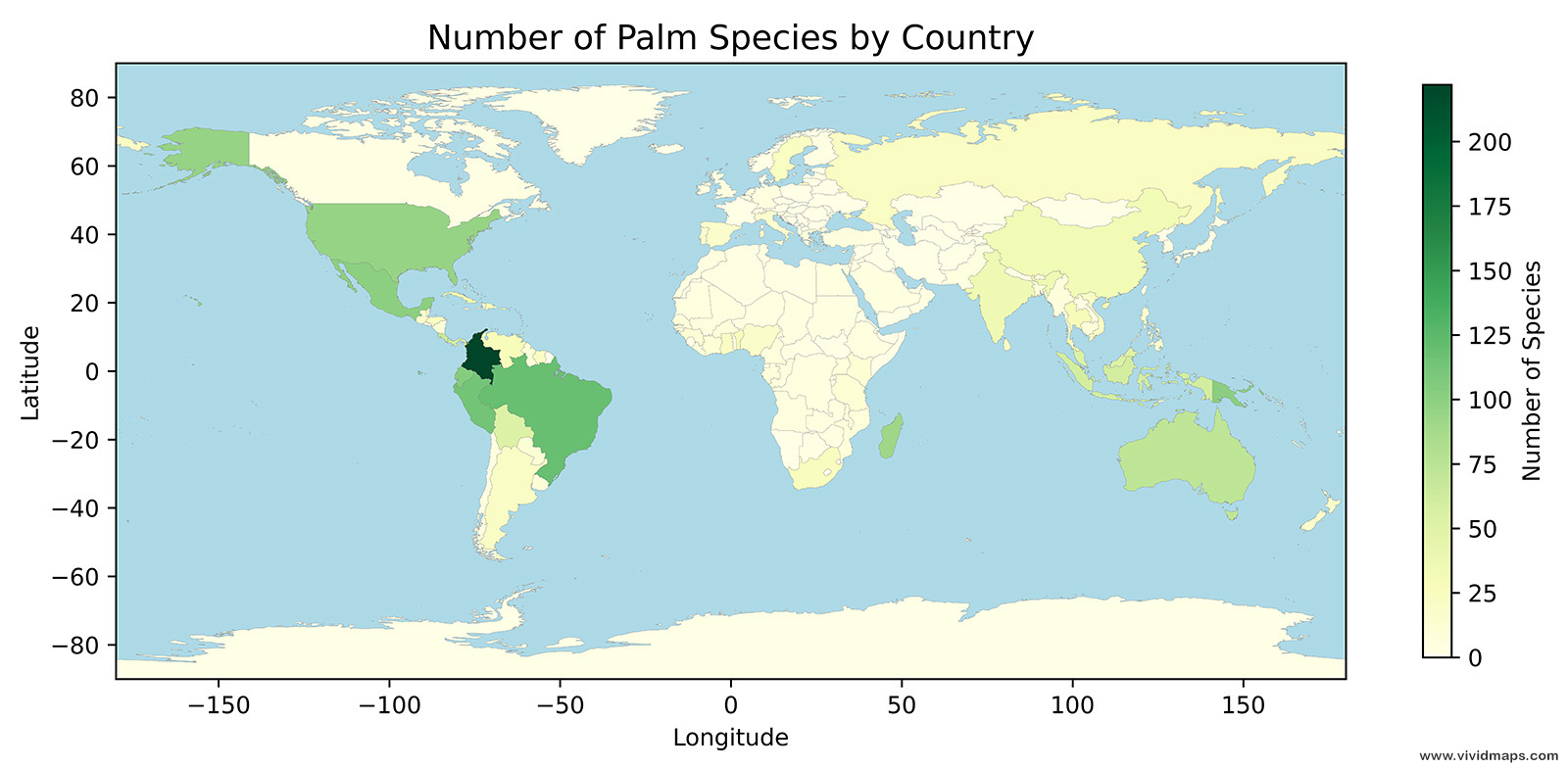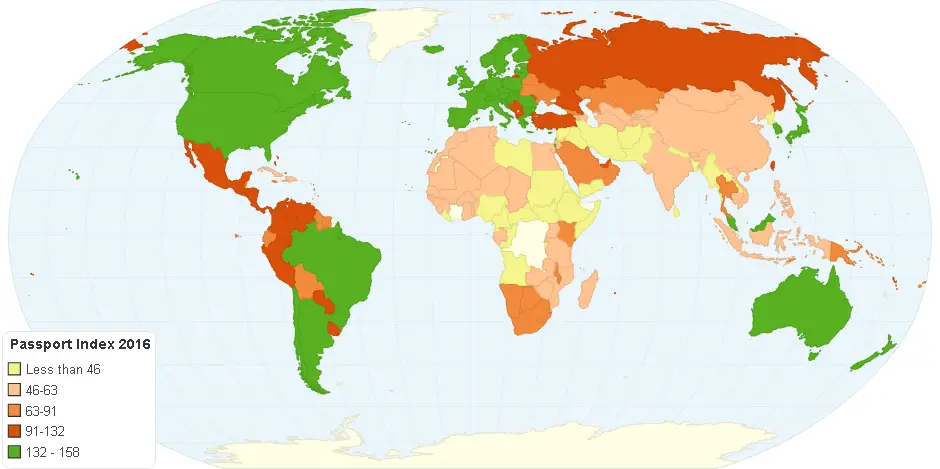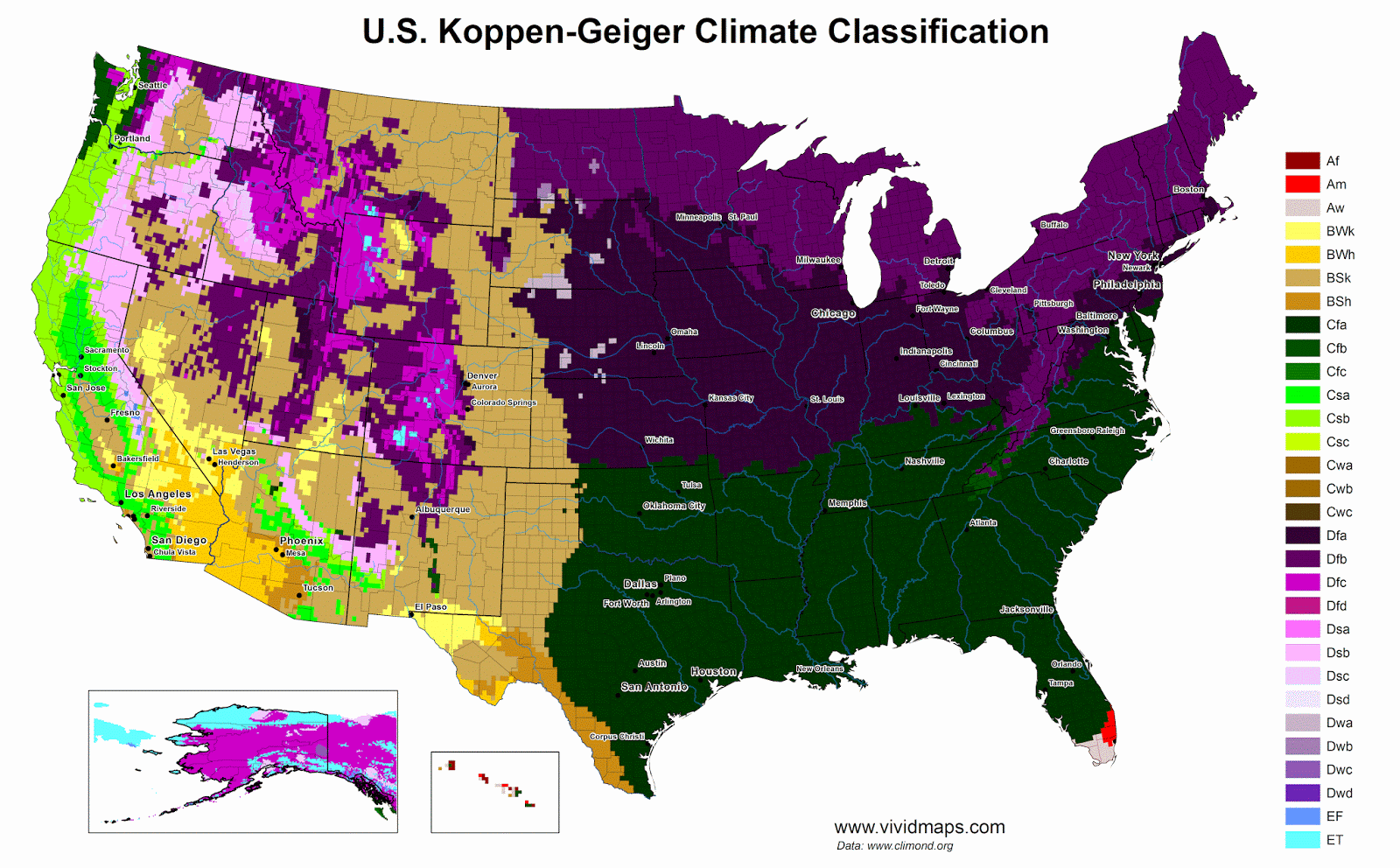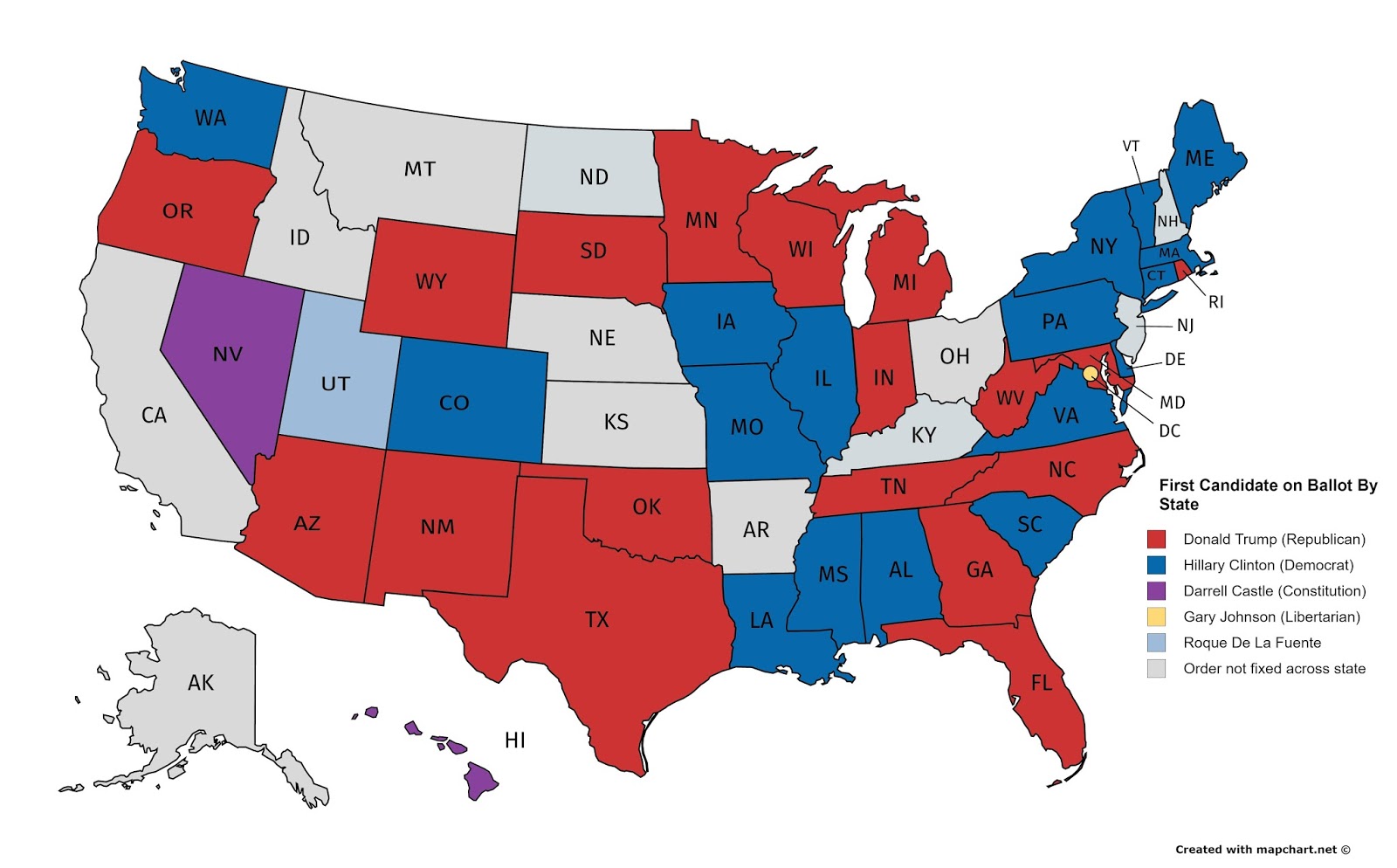Why Are Railway Gauges Different Around the World?
Railways might appear deceptively uniform from a distance—parallel steel lines stretching across landscapes, carrying people and goods through cities, forests, and deserts. But look a little closer, and you’ll notice something crucial: the distance between the rails isn’t always the same. That measurement is called track gauge, and it quietly shapes how—and where—trains operate around the world.
The world map below illustrates the rail gauges used in various parts of the world.
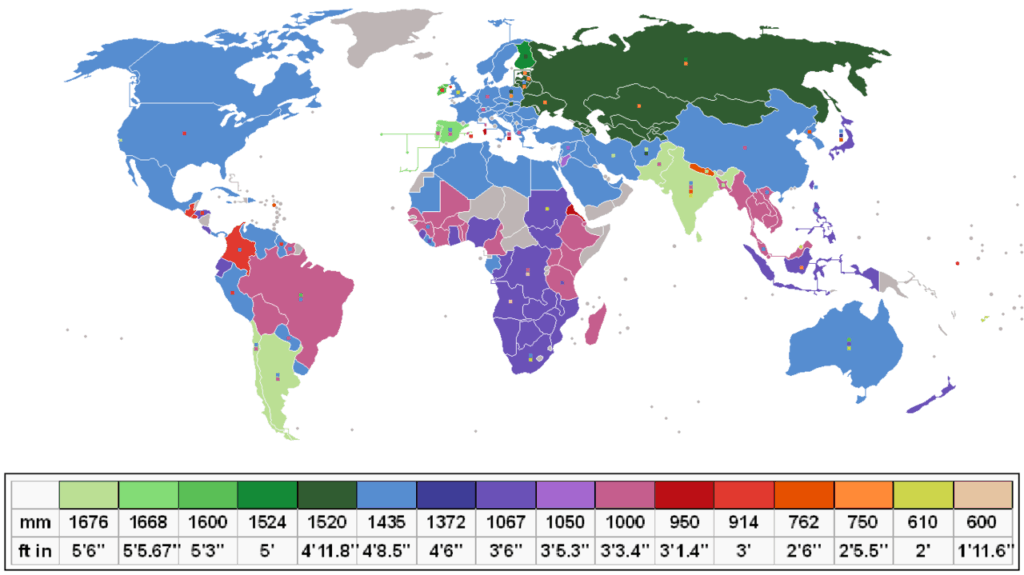
The most widespread gauge, used in over half the world’s railways, is the standard gauge—1,435 mm (4 feet, 8½ inches). You’ll find it in most of Europe, North America, China, the Middle East, and parts of Australia. It’s also the go-to for high-speed rail, partly because its global popularity makes international rail design and rolling stock easier to standardize.
But the world doesn’t all run on the same rails. In Russia, most of the former Soviet Union, and Mongolia, a wider gauge of 1,520 mm is used. Spain and Portugal run on 1,668 mm tracks, known as Iberian gauge. And in India, Pakistan, and Bangladesh, railways are even broader, at 1,676 mm. These broader gauges were often chosen for extra stability and load capacity or, in some cases, to prevent easy use by invading railways during wartime.
Then there’s the narrower end of the spectrum. Many mountainous or formerly colonized regions use metre gauge (1,000 mm) or Cape gauge (1,067 mm), found in southern Africa, Japan, Indonesia, New Zealand, and the Philippines. These gauges were often cheaper to build and better suited for tight terrain or lighter traffic.
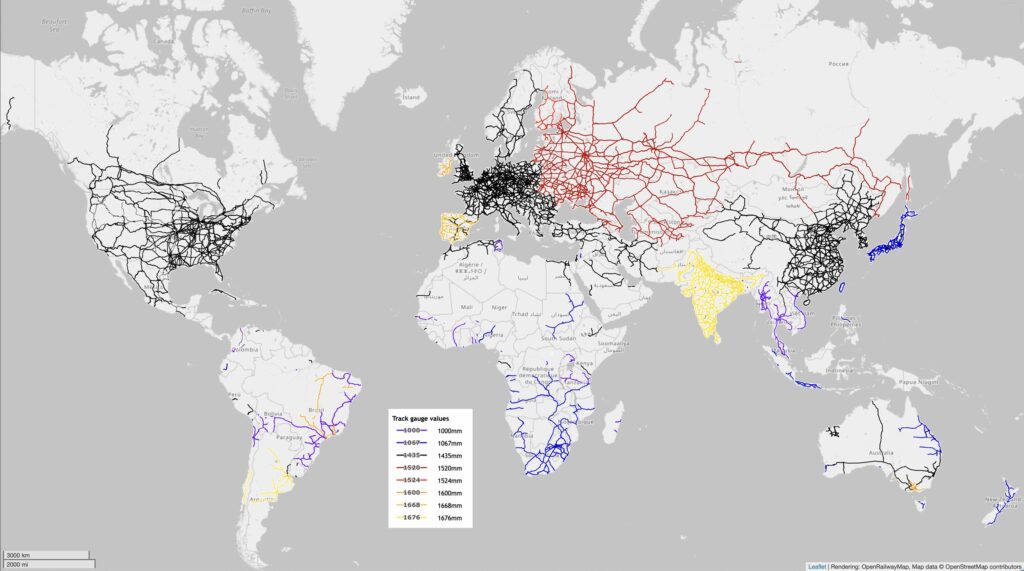
With so many rail widths in use, crossing international borders isn’t as simple as rolling straight through. When a train moves from one country to another with a different gauge, something has to give. Engineers have come up with a few clever ways to handle this challenge.
In some border regions, trains stop to have their bogies (wheelsets) physically swapped—a process common between standard-gauge Europe and broad-gauge Eastern Europe, especially in places like Brest, Belarus, or Chop, Ukraine. In Spain, some trains use variable-gauge axles that automatically adjust the distance between wheels while passing through a specially designed track section. Other places rely on dual-gauge tracks, where a third rail is added to accommodate both gauges. And for freight, it’s not uncommon to simply transfer cargo between trains, especially when the journey continues on a completely different system.
Rather than investing billions to change an entire national network, these transition techniques are a more flexible solution, at least in the short to medium term.
That said, the long-term picture is slowly shifting. Over the past century, and even in recent decades, some countries have made major efforts to unify their railway gauges—either to simplify logistics or to connect more easily with neighbors. One of the most impressive examples comes from the U.S. South, which originally used a 5-foot gauge. In May 1886, in a remarkably coordinated two-day effort, over 11,500 miles of track were shifted to standard gauge to match the northern system and boost national trade.
India is undergoing a similar transformation today. With its Project Unigauge, the country has been steadily converting metre- and narrow-gauge lines to broad gauge. The goal is to simplify maintenance and operations across the subcontinent, where the rail system is a major backbone of the economy.
Even Spain, once locked into Iberian gauge, has chosen standard gauge for its newer high-speed rail lines, allowing trains to run seamlessly to France and the rest of Europe.
Though a complete worldwide unification of gauges is unlikely, especially where conversion costs would be too high, there’s a definite trend. More and more new railway lines, especially international or high-speed corridors, are being built in standard gauge. Projects like China’s Belt and Road Initiative are also reinforcing this trend, laying standard-gauge tracks across Southeast Asia to create smoother freight movement across continents.
So while trains still roll on rails of many sizes, the modern world is slowly nudging toward more compatibility—if not total uniformity. And in the meantime, engineers will keep finding creative ways to keep goods and passengers moving, no matter how far apart the rails lie.



